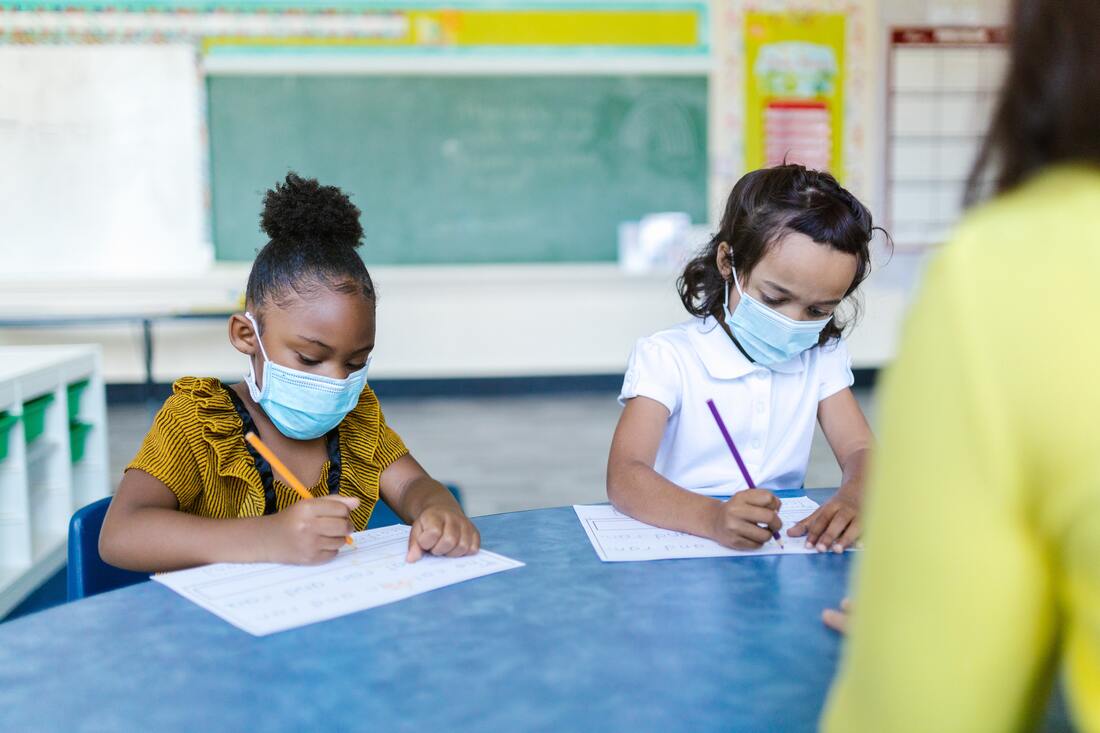|
The COVID-19 pandemic has been defined in part by a massive effort to reduce transmission in buildings. Once public health officials determined that the virus could be transmitted through airborne particulates, steps were taken to improve building codes and standards to reduce that risk - notably through the proper management of ventilation and filtration systems. Below, we explore some easy-to-follow ventilation and filtration best practices that every building operator should be implementing. What is effective ventilation?Ventilation is an effective tool for decreasing transmission risk of COVID-19. A ventilated space is one that brings in clean air to replace stale air - typically, from outdoors. An effective ventilation system will replace the air in a room a minimum of five times per hour. This is known as the air exchange rate. The way to bring in fresh air can be through natural means (opening windows or doors), or mechanical means (through a building’s HVAC system). Most ventilation strategies will combine both of these solutions.. Each building requires a different level of ventilation depending on occupancy, the tightness of the building envelope, and natural air leakage levels. A challenge for building operators is establishing ventilation targets that balance the need for reducing the risk of disease transmission and the risk of overloading the mechanical system. Simply increasing a building’s mechanical ventilation rate can put strain on the system, particularly if the outside temperature fluctuates significantly from the indoor temperature (think Canadian winters and summers). The simplest way to ensure adequate minimum ventilation rate is by calculating air changes per hour in each building area. What is effective air filtration? Air filtration is a widely-used technology that allows clean air to pass through a filtration system while particulates are intercepted. For buildings, this filtration is typically done within its mechanical system (although portable air filters are growing in demand). There are different ranges of filters, graded on a scale called MERV (minimum efficiency reporting value). The higher-rated a filter’s MERV value is, the more effective it is at capturing smaller particles. A HEPA (high-efficiency particulate air) filter is extremely effective at removing contaminants at 0.3 microns in diameter. Different mechanical systems are equipped to handle different filters. If a building isn’t equipped to handle a filter with a higher MERV value, which is often the case for many older buildings, it can lead to an air blockage. This is why it’s important to check the filtration capacity of your system before installing a new filter. It’s important to highlight that filtration alone removes some virus load from the air, but does not completely eliminate the risk of transmission. If you are going the filtration route, we are big fans of Corsi-Rosenthal Cubes. Ventilation vs. filtration - which is better for preventing COVID-19? Ideally, you’ll want a hybrid system as both are important tools for reducing airborne disease transmission risk like we see with COVID-19. Portable HEPA filters can help clean air in its immediate surroundings, although make sure to check which size of air particles can be captured by that filter - not all are effective at preventing viral transmission. Bringing in more outdoor air and fresh oxygen through increased ventilation will increase that building’s air exchange rate and reduce the risk of built-up areas of airborne particles. Why this matters: Keeping students and teachers safe in schools One recent area of focus is infrastructure improvements for schools. The pandemic has highlighted the significance of disease transmission in schools, even leading to the creation of free digital tools to help identify safe indoor environments. Unfortunately, these free tools require data on a building’s CO2 levels to be collected - information that many schools don’t have access to. Portable CO2 sensors can help, but require a lot of effort (time, expertise, and equipment) to collect readings and interpret data. ASHRAE building guidelines suggest that mechanical systems should be running at maximum capacity to increase the air changes per hour. However, aging infrastructure in many schools means these systems are not equipped to deal with such heavy loads. North American winters exacerbate the issue by adding the strain of needing to condition air to a thermally appropriate level which increases risk of system failure. The solution to this dilemma is to measure minimum ventilation and filtration levels needed to mitigate COVID-19, thus ensuring mechanical systems aren’t running at maximum capacity unnecessarily. This keeps students and teachers safe, and saves schools money on energy consumption and repairs. Access to data is one of the most important tools building managers and operators can have in preventing airborne COVID-19 transmission. Contact ioAirFlow today to learn how we can help you access that data in an affordable and simple way.
2 Comments
|


 RSS Feed
RSS Feed
